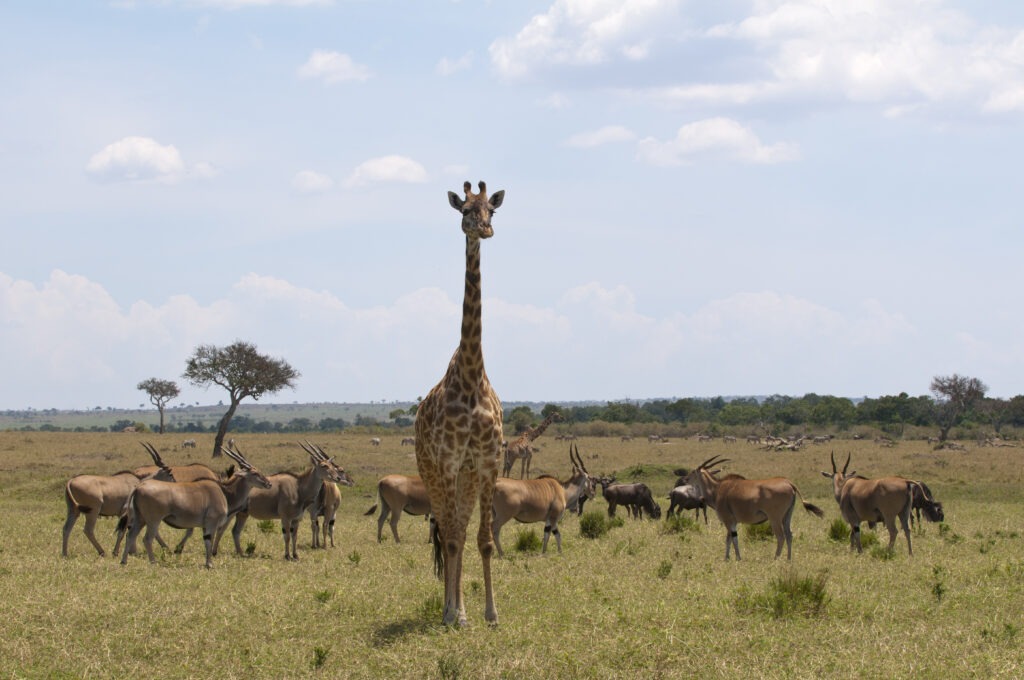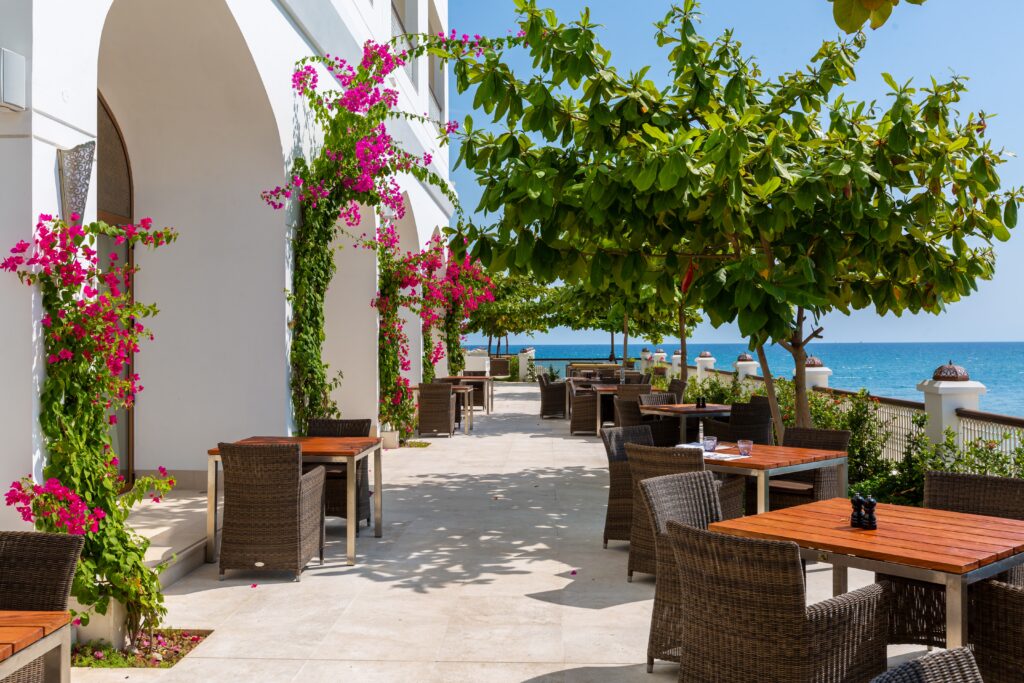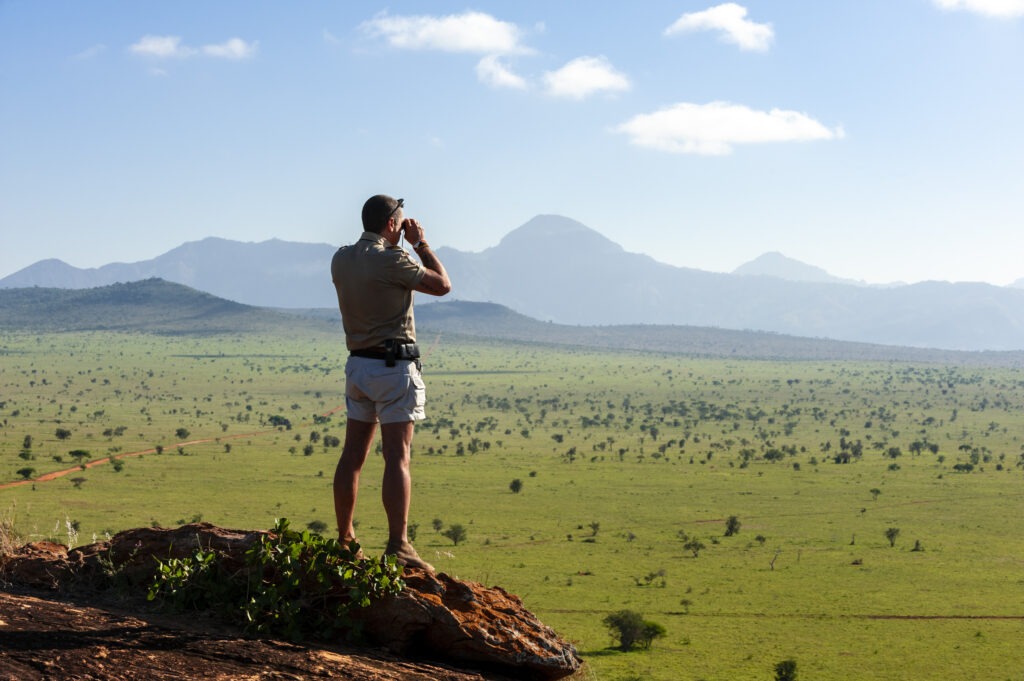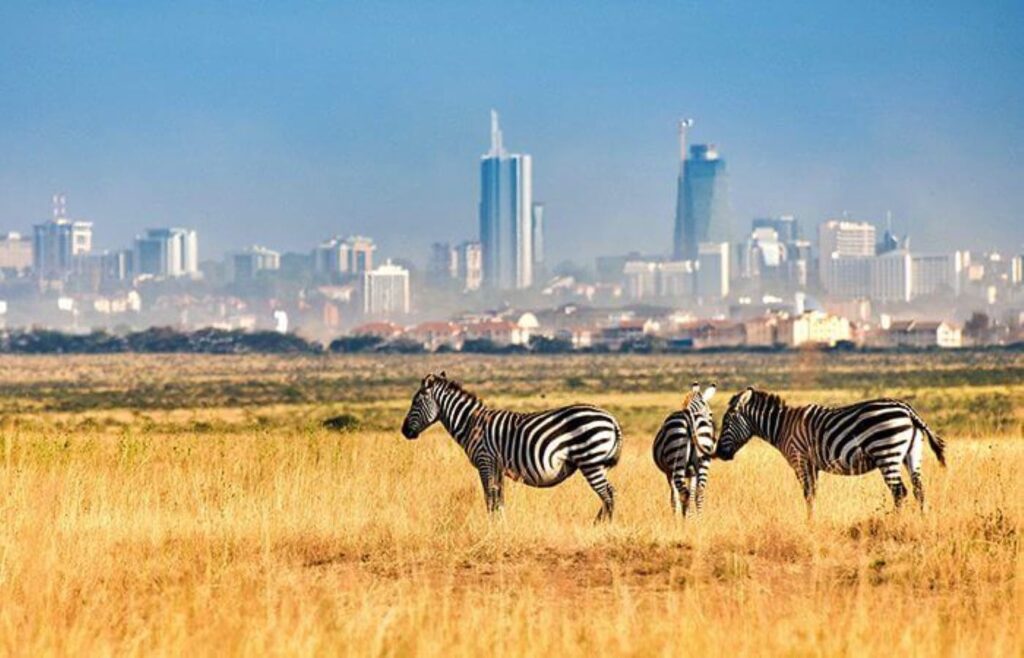- Upper Hill, Kiambere Road, Nairobi, Kenya.
- Sun to Friday: 8.00 am - 7.00 pm
Getting Around Kenya
Home - Kenya Matatu Culture
Search Here
Recent Posts

November 6, 2025
Book Your Safari Now!
+254 20 5252071 +254 733 430187
Tags
Beach
Forest
Mountain
City
Lake
Desert
Island

Travel within Kenya is convenient and well-connected. Visitors can choose from:
Domestic flights between major parks and coast (fast and scenic)
Private 4×4 safari vehicles with professional guides
Road transfers on modern highways linking cities and parks
Train travel (SGR) between Nairobi and Mombasa
Ride-share taxis (Uber, Bolt) for city movements
Most safari travel is done by 4×4 Land Cruisers for comfort and game viewing. Domestic flights are recommended for long distances, especially between Masai Mara, Amboseli, Samburu, and the Coast.
At Tsavorite Tours, we arrange all transport as part of your package, ensuring safe, reliable, and seamless travel from start to finish.

Ready to Explore Kenya?
Contact us to plan your custom safari.
Trusted East African travel experts offering customized safaris and holidays across Kenya, Tanzania, Uganda, Rwanda, and Zanzibar.
Let’s Talk
+254 20 5252071 +254 733 430187
info@tsavoritetours.com
Upper Hill, Kiambere Road, Nairobi, Kenya.
- Newsletter
No WhatsApp Number Found!
WhatsApp us




